Jyoti Rajan Gopal is a writer, mom, and Kindergarten teacher. Growing up, she lived in Thailand, Indonesia, Myanmar, India and China. She now lives in New York, in a quirky old Victorian in Yonkers, with her husband, where they raised their two daughters. Her favorite place in the house is the wrap-around porch where she loves to gather with family or friends, read, write, and drink coffee.
Jyoti writes stories that speak to her heart, that reflect her multiple identities, that she wishes her daughters had growing up, that she wishes her students had now.
When not writing or teaching, she loves to read – a lot! – work in her garden, dance and explore the many New York State Park trails.
I had the opportunity to interview Jyoti, which you can read below.
First of all, welcome to Geeks OUT! Could you tell us a little about yourselves?
Thank you for having us! I’m a Kindergarten teacher, mom to two daughters, and most recently, a writer. I grew up in Bangkok, Jakarta, Myanmar, China and India and moved to the United States 29 years ago. As a third culture kid, I’ve spent my life straddling multiple cultures and sometimes that’s a challenge, but mostly it’s been a gift.
What can you tell us about your latest book, My Paati’s Saris? What inspired this story?
I wanted to write a book about saris because it’s such an important part of my desi identity and I love saris so much. But I had no idea what that book was going to be until the day I brought saris into my classroom to share with my Kindergarten students. I noticed one little boy draping the sari over himself and smiling and twirling and that was the spark for the book. That moment took me back to days of playing dress up with my brother, of the love I had for my paati, who was such a giving, kind person, and that feeling of joy that wearing saris still gives me!
What is something you hope readers will take away from this book?
I hope they take whatever they need from it! This is a story about family, about acceptance, about Tamil culture, about saris, about the freedom to explore and play, about transformation and belonging. The illustrations are a visual feast with thoughtful details and layers– so I think readers will find lots of ways that this book can be a window and a mirror!
What drew you to storytelling, and what drew you to children’s books specifically?
Having lived and breathed picture books as a Kindergarten teacher and mom, and loving them as I do, it was the medium to which I gravitated to tell the stories I wished I had had, that I wished my daughters had had. The interplay of text and illustrations – how the words sit on the page, where the blank spaces are, how the pictures fill the page, what they reveal and what they do not, when the page is turned – the fusion, the tension, the balance of the two feels like a metaphor for who I am, someone who’s always balancing all the different parts of me.
Growing up, were there any stories in which you felt touched by/ or reflected in, in terms of personal identity? If not or if so, how do you think this personally affected you as a writer? Are there any stories you can connect to now?
Growing up, I devoured books, whatever I could get my hands, on in the countries that we lived in. Many of my favorite authors were either English or American – Enid Blyton, Edgar Rice Burroughs, James Herriot, Alexander Lloyd, CS Lewis, Laura Ingalls Wilder to name just a few. None of the books I read had Indian characters (except as peripheral notes like in Tarzan or The Secret Garden) but I loved them anyway and identified with the characters. I loved the stories and imagined myself in those worlds. My parents would make sure on trips to India to introduce us to Indian stories, like Amar Chitra Comics, and picture books in Hindi, but it wasn’t until I was much older that I became familiar with Indian authors like R.K. Narayan, Vikram Seth and Rabindranath Tagore. I didn’t realize what I had been missing!
I started writing to fill that gap – to write the stories that I didn’t have as a little girl, that I couldn’t find for my daughters as they were growing up here, or for my students.
For those curious about the process behind a picture book, how would you describe the process? What goes into writing one and collaborating with an artist/writer to translate that into a book?
I am blown away by Art Twink’s illustrations for My Paati’s Saris and am so grateful for their partnership. A picture book is truly the result of collaborative work but it’s not just between the writer and the illustrator. The editor, the art director, the copy writer, the design team, the sales and marketing team, our agents, there’s a whole team behind every picture book. And team Kokila has been amazing!
As a picture book writer, you don’t have a lot of words to tell your story, typically 500-700. So, every word you write has to count. Some of my stories write themselves very quickly. Others go through many, many revisions before I discover the structure the story needs or the heart of what I’m trying to say. If it’s a non-fiction picture book, there’s research involved, after which I have to sift through all the information, decide what stays and what goes, and how I’m going to synthesize all that information to tell the story in just the right amount of words.
As a writer, you also have to make sure as you write, to leave room for the illustrator, so that they can bring their own perspective and viewpoint to the story. Typically, how the collaboration works is that after a publishing house buys your text, they start thinking of illustrators who would be a good match. The illustrator is sent the text to read and if they like it, if it resonates with them, and if they have time in their schedule, they’ll take the project on. The art director communicates separately with the writer and illustrator, while sketches go back and forth. From acquisition to book release, it usually takes about two years, sometimes even longer!
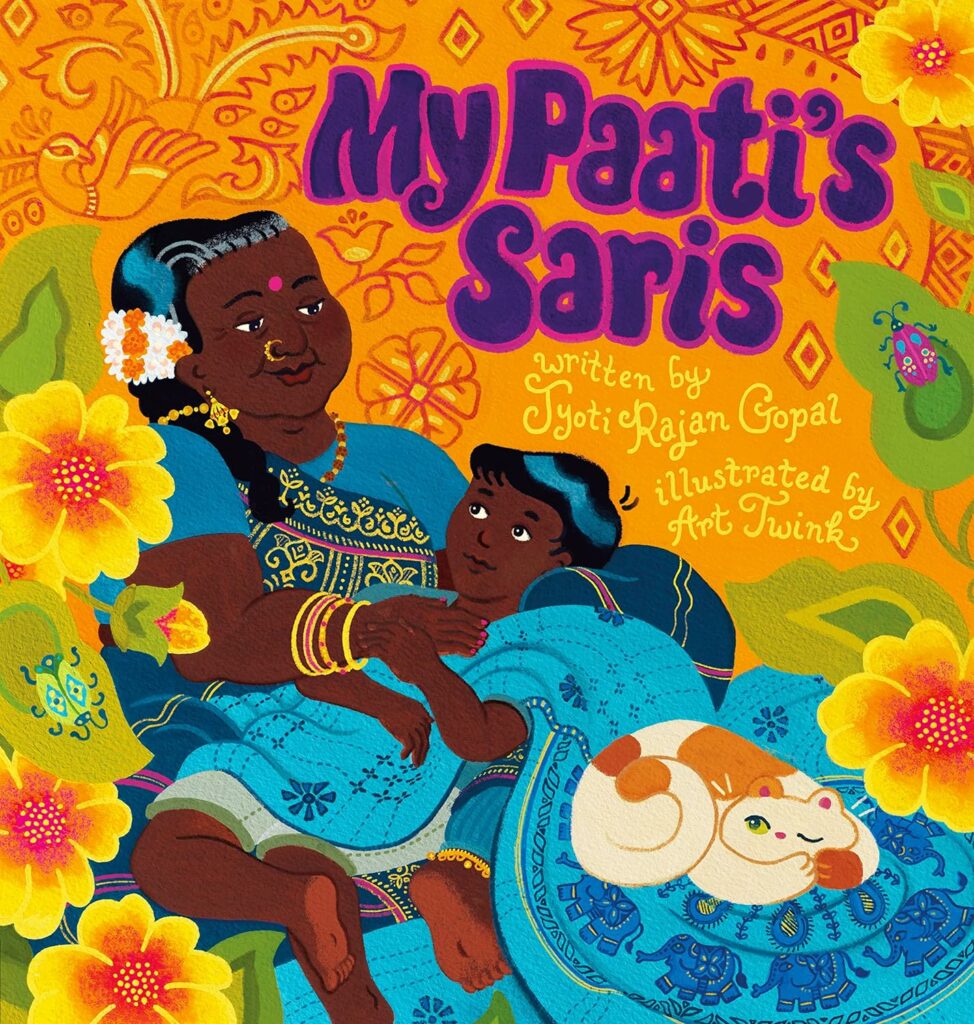
How would you describe your general writing/drawing process? What are some of your favorite/most challenging parts for you?
I don’t have a single process. Some books flow out of me (these are few and far between!). Somehow, I find the words for the story easily, the structure is clear to me, and the revision process is more of a tweaking. These are my favorite times. With some books, I struggle and struggle with figuring out how to write it. I usually have to put it away for a while before coming back to it much later, when I hope time and distance create some clarity. I will say that when I finally do find a structure that helps me figure out how to tell a story, that’s a great moment too. I love that feeling!
Sometimes, I’m quite taken with a story I’ve written and think it’s the best thing ever (lol!). Thank goodness for my writing partners and my agent Wendi Gu who keep it real for me, because I rely on them to give me honest and constructive feedback!
The most challenging part for me as a writer is when I have an idea for a story, but I have no idea how to write it. That can lead to a long phase of zero writing. That’s a scary time when I think I’m never going to write another thing again.
As an author, who or what would you say are some of your greatest creative influences and/or sources of inspiration?
Ooh such a great question! Many of my stories are inspired by my daughters, my students, my desi heritage and my curiosity about the natural world.
Aside from your work as a writer, what would you want readers to know about you?
I love the outdoors. Gardening, kayaking, hiking, visiting national parks are all things I love to do. I’ve recently discovered snorkeling which I absolutely adore.
I love music but cannot write or read with it because it’s too distracting. I end up dancing and singing with the music, and getting no work done.
What’s a question you haven’t been asked yet, but wish you were asked (as well as the answer to that question)?
Do you know how to make sambar? (It’s a dish that Paati is making in the story)
I do know how to make it, but have I ever gotten it right? No!
I cook a variety of South Indian cuisine, but so far sambar, which I love, has been my nemesis.
What advice would you give to other aspiring creatives, especially those who may want to write/draw a picture book themselves one day?
Just do it!
Read lots of picture books. Study them. Type them out to get a sense of how words fill a page, how the page turns feel, where the pauses are, what word choices the author made.
Take picture book writing classes.
Join a community of writers like The Writing Barn or 12×12 Challenge. Or SCBWI.
Join a critique group.
And write, write, write!
Are there any projects you are working on or thinking about that you are able to discuss?
I’m working on a number of different projects, both fiction and non-fiction. I sold two picture books this past year that I am very excited about. One is non-fiction, and the other is fiction – and that’s all I can tell you. But I can’t wait to share them with the world so keep an eye out for announcements!
Finally, what LGBTQ+ books/authors would you recommend to the readers of Geeks OUT?
There are so many wonderful books out there I couldn’t possibly name them all, but these picture books are favorites in my Kindergarten classroom!
Neither by Airlie Anderson
Calvin by JR and Vanessa Ford illus. Kayla Harren
Introducing Teddy by Jessica Walton illus. Dougal Mcpherson
My Rainbow by Trinity and DeShanna Neal illus. Art Twink
Sparkle Boy by Leslea Newman illus. Maria Mola
Love Makes a Family by Sophie Beer
Lovely by Jess Hong
Call Me Max – a series by Kyle Lukoff illus. Luciano Lozano
Strong by Eric Rosswood and Rob Kearney illus. Nidhi Chanani
Ritu Weds Chandni by Ameya Narvenkar
Big Wig by Jonathan Hillman illus. Levi Hastings


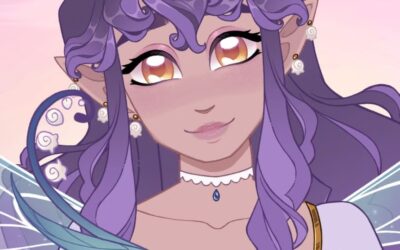

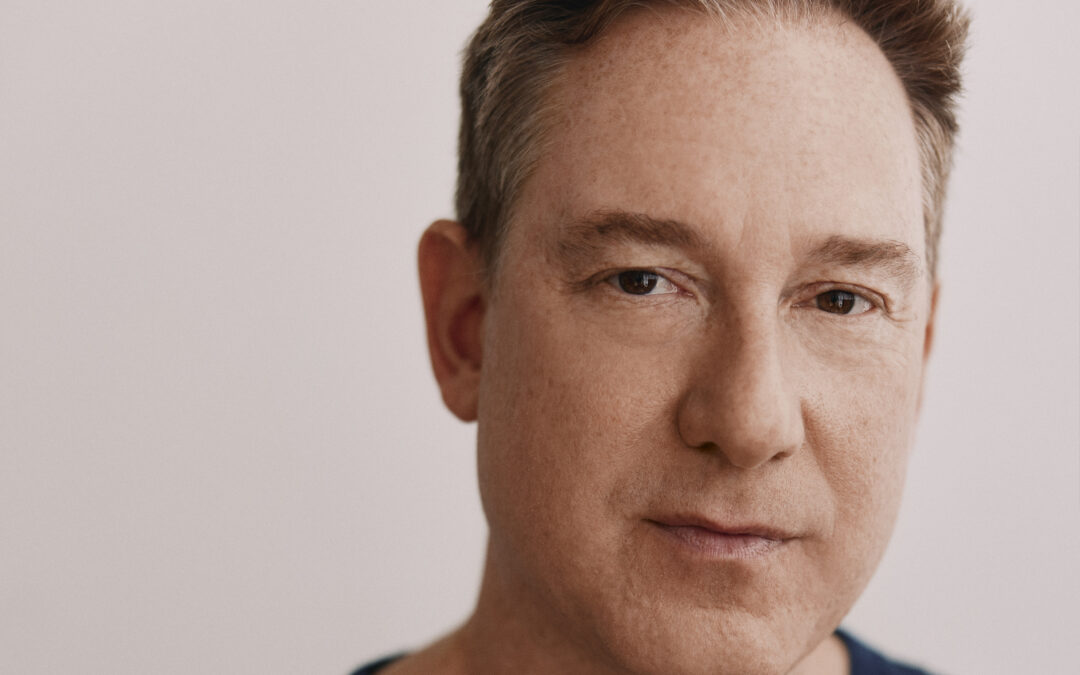
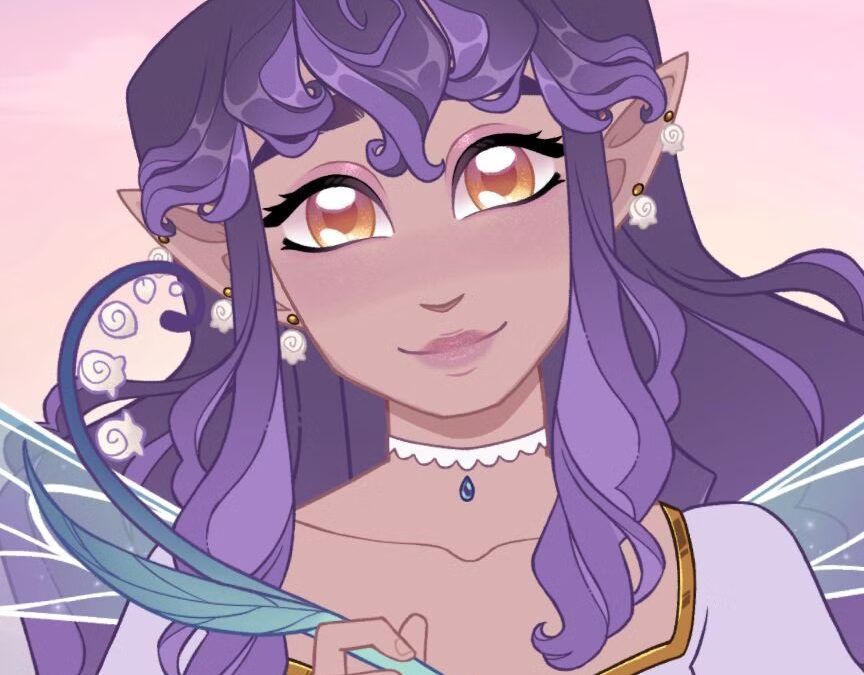
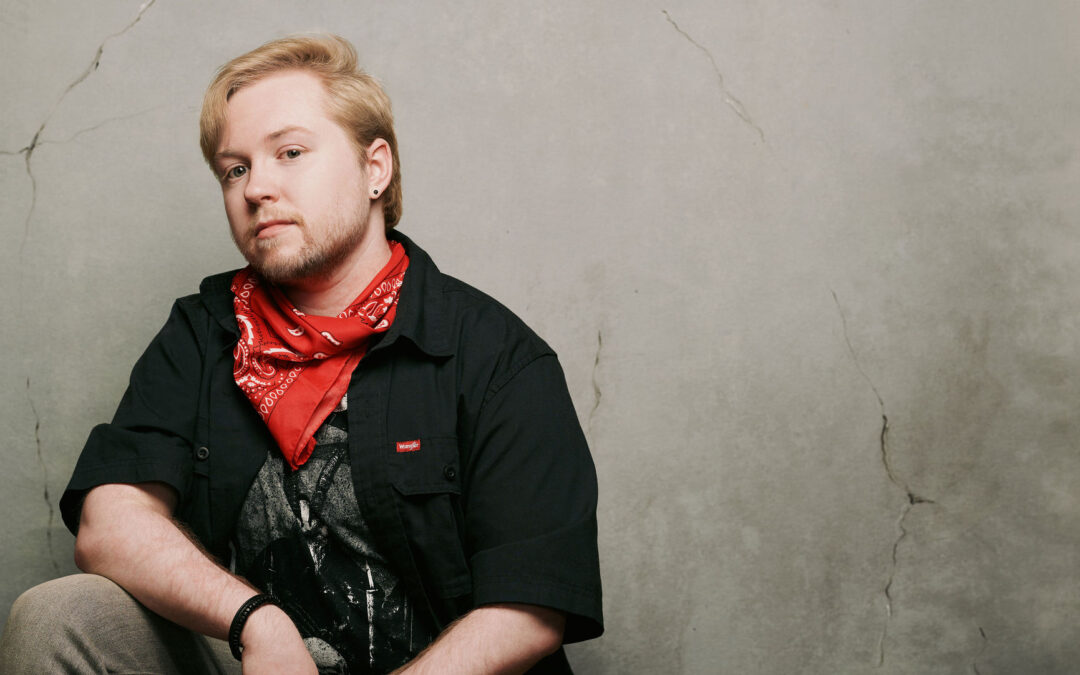
0 Comments